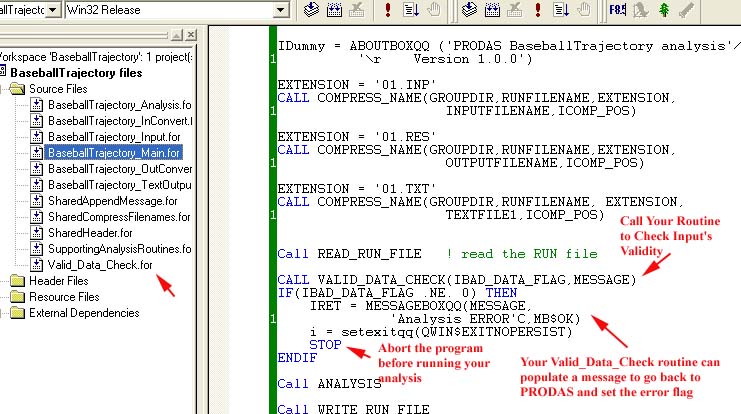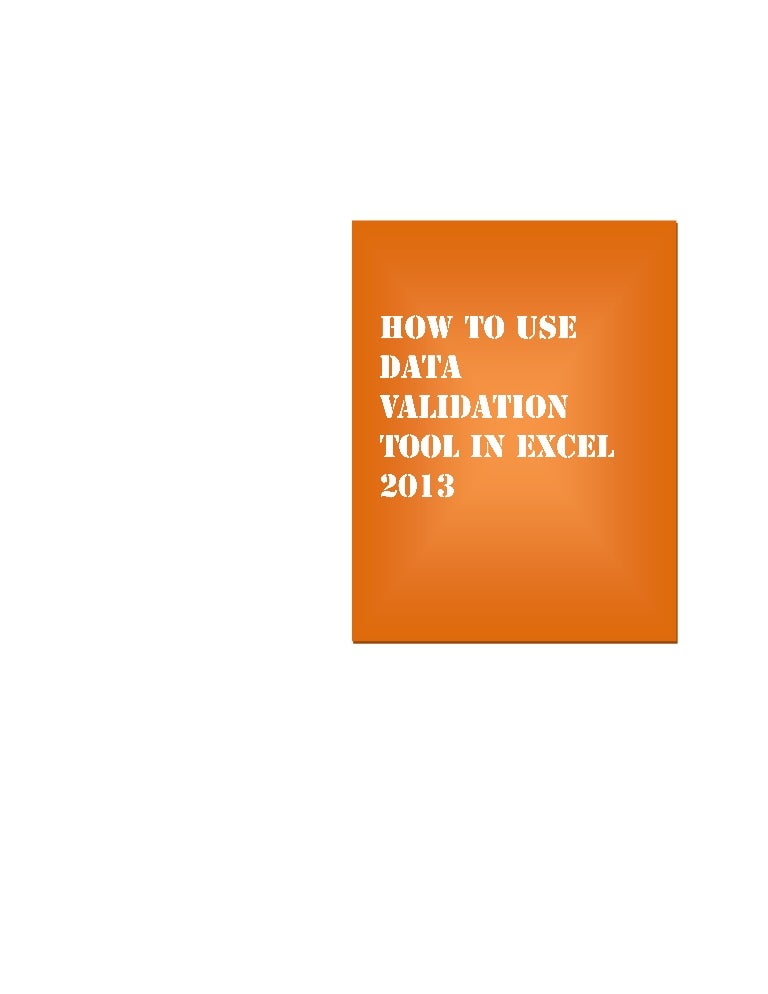
- #Data validation check how to#
- #Data validation check update#
- #Data validation check windows 10#
- #Data validation check pro#
- #Data validation check download#
If the year isn't 2017, the formula returns False and the control rejects the date. If it's 2017, the formula returns True and the control excepts the date. This formula evaluates the date's year value.

To do so, select C4 and launch the Data Validation dialog as you've done before. You can do the same thing with a formula instead of with literal dates. You accomplished this by entering a start and end date. The validation controls in #1 and #2 restrict users to any date within the year 2017. SEE: Make Office 2016 work your way by changing these default settings (free TechRepublic PDF) 4: A formula
#Data validation check update#
For instance, if you delete or add a date, the list will update accordingly. Figure F This validation controls limits you to twelve dates.īecause the sheet-level list is a Table object, the control will update as you modify the list. As you can see in Figure F, the validation control offers a dropdown list of dates.įigure E Reference the date Table object as the source. Don't include the header cell in the reference. Or enter the range: =$F$4:$F$15 ( Figure E).


Then, you'd enter =StartDate and =EndDate in steps 5 and 6, respectively. For instance, you might name C1 StartDate and C2 EndDate. It's worth noting that you could give the input cells names and reference those in steps 5 and 6. This control is still simple to implement, but it gives you the flexibility to change either or both dates without changing the control's settings.
#Data validation check pro#
Office 365(Tech Pro Research) 2: Input valuesĮasy is great, but suppose you often update the boundaries of your date range? The solution is still simple, but it requires two input cells at the sheet level. SEE: Cost comparison calculator: G Suite vs. There are several operators you should review them so you'll know what's available. In addition, we used the Between operator to represent a range of dates-a time period.

There's nothing wrong with taking the easy route! It's easy to implement and easy to modify-simply select the cell, repeat the above steps, and change one or both dates. This is the simplest way to designate a range for a data validation control. Figure B The validation control rejects any date that isn't in 2017. The setting is inclusive of both the start and end dates. In the End Date control, enter the last date in the period ( Figure A).įigure A Enter the first and last date in your date range.Īs you can see in Figure B, the control rejects a 2018 date.In the Start Date control, enter the first date in the period.The Data control defaults to Between, which is what we want, so don't change that setting. In the Data Tools group, click Data Validation.(For this example, I'll use cell C4 and add a fill color so it's easy to spot.) Select the cell to which you're adding the validation control.You just enter the first and last acceptable dates as follows: Using literal dates is the simplest way to create a validation control that limits input to a range of dates. The browser version supports existing validation controls, but you can't create them or modify them in the browser. Excel''s Table object isn't supported in the menu version, so #3 won't work in.
#Data validation check download#
You can work with your own data or download the demonstration.
#Data validation check windows 10#
I'm using Excel 2016 (desktop) on a Windows 10 64-bit system.
#Data validation check how to#


 0 kommentar(er)
0 kommentar(er)
